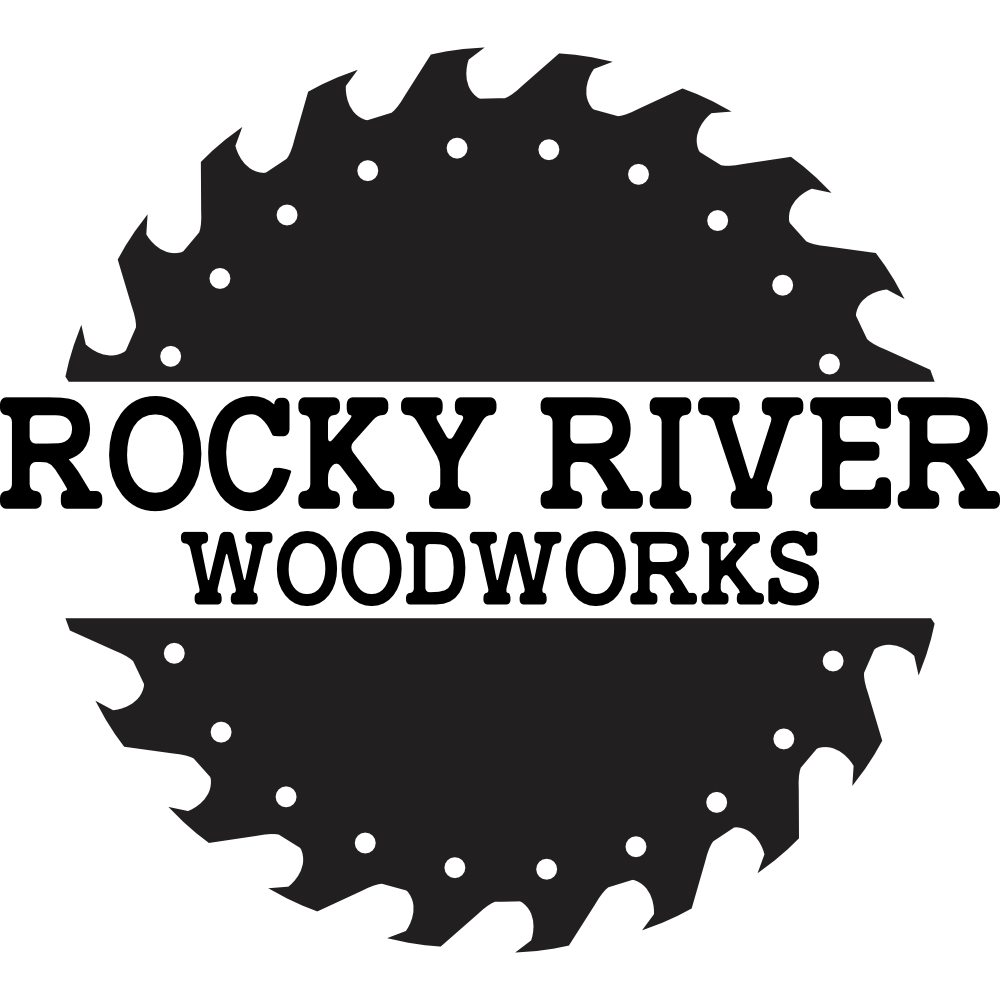5 WAYS TO FIX A SAGGING SHELF
In some furniture projects, shelves need to be longer or wider for the sake of the design or practicality. Depending on the thickness of your shelf material and the layout of your project, the shelf can begin to sag in the middle. It may not sag when you finish the project, but maybe once your customer loads the shelf with weight. So, I am going to discuss 5 ways to fix a sagging shelf.
1. Install nails or screws through the backer piece into the shelf.
If your shelf is currently just sitting on some shelf pins on the edges, maybe trying adding some brad nails or wood screws through the backer piece and into the back edge of the shelf. On the contrary, if you already have nails or screws installed in this manner, try adding some more for a tighter spacing that will provide extra support to the shelf.
2. Add a support strip under the front edge of the shelf.
This method can add an extreme amount of support to the shelf. Preferably using solid wood or dense plywood, add a strip under the front edge of the shelf piece to support the front lip and to keep it in line and straight, reducing the ability to sag in the middle. The strip can be secured with any combination of wood glue, brad nails, or wood screws, installed through the top of the shelf piece and down into the support strip.
Another option but in a similar fashion is to add the support strip to the edge of the front of the shelf piece. Depending on the spacing within your project and the design itself, you could use this support strip not only for support practicality and rigidity, but also for aesthetics but covering the exposed plies of your shelf piece. The support strip would act as edge banding as well!
If you don’t want to see any nail heads or screw heads on the front of the edge-banding support strip, you could install pocket holes on the bottom-front edge of the shelf piece and screw into the support strip from the back side, concealing any visual signs of screw heads or nail heads.
3. Add a ledger board support strip under the back edge of the shelf.
Instead of installing a support strip on the front of the shelf piece as demonstrated in the previous option, you could install the support strip at the rear of the shelf. This will act as a ledger board and provide support for a sag in the back of the shelf piece. This also may be a good option for projects that have a high value in visual importance, as the ledger board at the back of the shelf will be less visible than at the front, depending on the depth of your shelf.
4. Make a dado groove in the backer piece.
To utilize this option, simply cut a groove into your backer piece to be the same width as the thickness of your shelf piece. This is especially helpful if you have a thicker backer piece. Then, using wood glue and possibly nails or screws, slide your shelf piece into place. This will secure your shelf piece at the rear side to ensure no sagging is enabled. You could use a variety of blades and tools to cut a dado, but the method I prefer is by use a dado blade set in my table saw.
5. Add a vertical support.
This option may not necessarily be ideal, depending on the design of your project. This option is simply adding a shelf support vertically under the shelf. The support piece would also act as a divider. So, instead of having a full open space below the shelf, this support piece would divide the space into smaller “cubbies”.
Visual appeal can still be highly present with this option, especially if there’s a face frame on the project. You could easily add the vertical support behind the face frame where it would not be visible from the front.
These are simply my recommendations for how to fix a sagging shelf. If one or multiple of these options do not work, start using them in conjunction with each other. For example, if needed, utilize option 1 on this list along with option 2 and 4, etc.
Best of luck on your endeavor to fix a sagging shelf!
**Leather And Wood USA is viewer/reader supported. When you buy through our links, we may earn an affiliate commission.**










